Meenakshi Narain
End-to-End Jet Classification of Boosted Top Quarks with the CMS Open Data
Apr 19, 2021
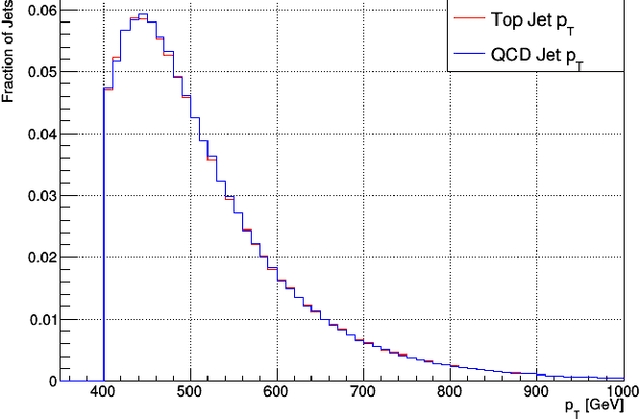

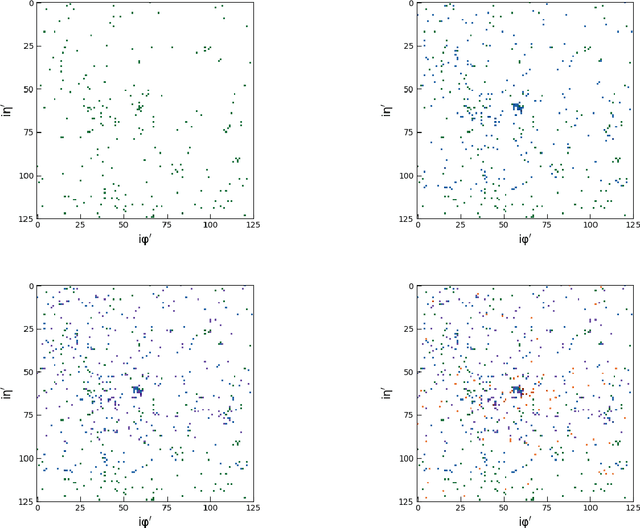
Abstract:We describe a novel application of the end-to-end deep learning technique to the task of discriminating top quark-initiated jets from those originating from the hadronization of a light quark or a gluon. The end-to-end deep learning technique combines deep learning algorithms and low-level detector representation of the high-energy collision event. In this study, we use low-level detector information from the simulated CMS Open Data samples to construct the top jet classifiers. To optimize classifier performance we progressively add low-level information from the CMS tracking detector, including pixel detector reconstructed hits and impact parameters, and demonstrate the value of additional tracking information even when no new spatial structures are added. Relying only on calorimeter energy deposits and reconstructed pixel detector hits, the end-to-end classifier achieves an AUC score of 0.975$\pm$0.002 for the task of classifying boosted top quark jets. After adding derived track quantities, the classifier AUC score increases to 0.9824$\pm$0.0013, serving as the first performance benchmark for these CMS Open Data samples. We additionally provide a timing performance comparison of different processor unit architectures for training the network.
End-to-End Jet Classification of Quarks and Gluons with the CMS Open Data
Feb 21, 2019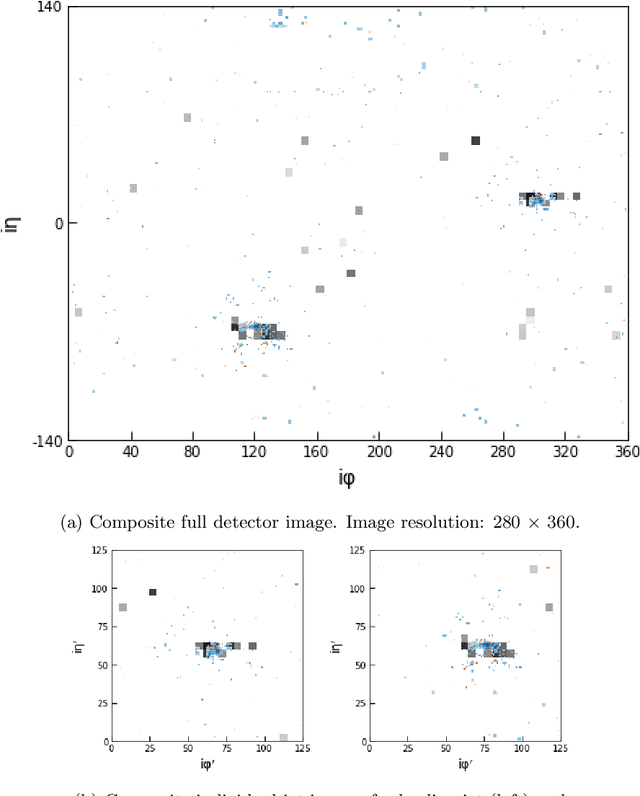
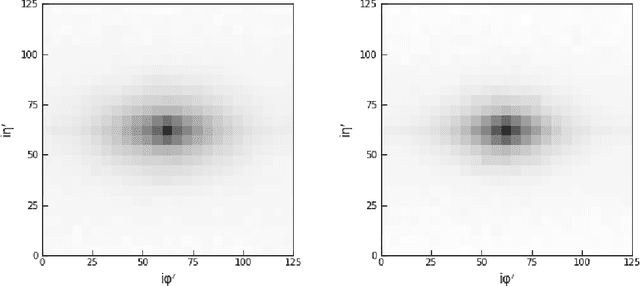
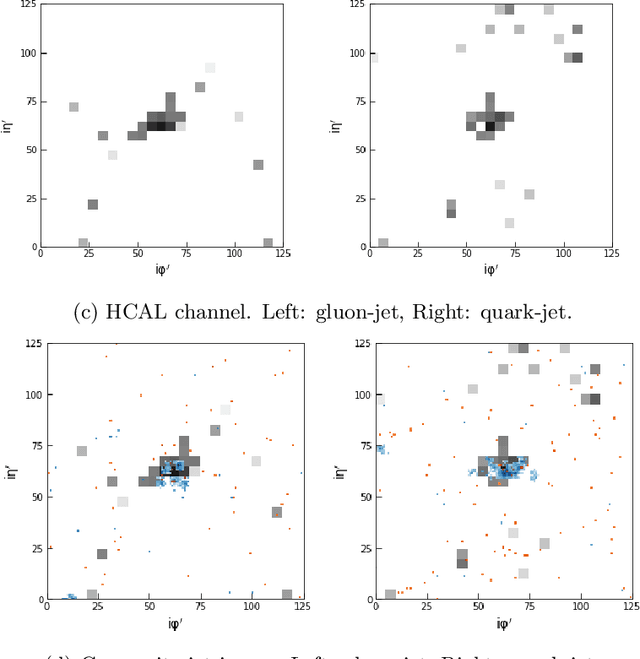
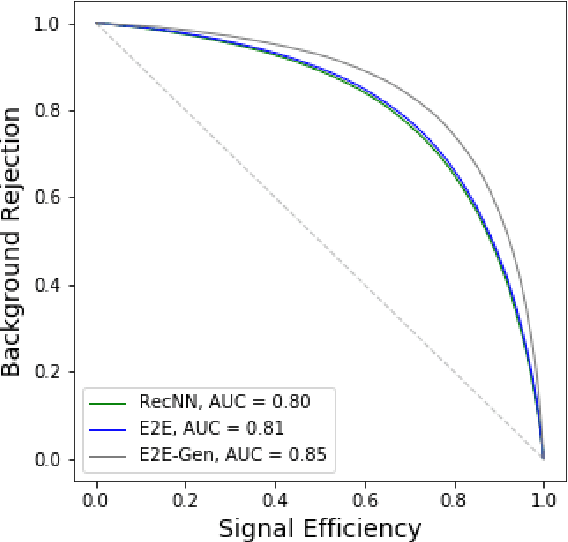
Abstract:We describe the construction of end-to-end jet image classifiers based on simulated low-level detector data to discriminate quark- vs. gluon-initiated jets with high-fidelity simulated CMS Open Data. We highlight the importance of precise spatial information and demonstrate competitive performance to existing state-of-the-art jet classifiers. We further generalize the end-to-end approach to event-level classification of quark vs. gluon di-jet QCD events. We compare the fully end-to-end approach to using hand-engineered features and demonstrate that the end-to-end algorithm is robust against the effects of underlying event and pile-up.
 Add to Chrome
Add to Chrome Add to Firefox
Add to Firefox Add to Edge
Add to Edge